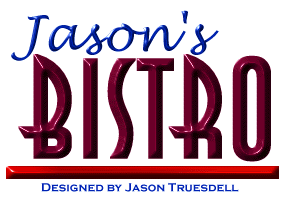

| Cuisine | Japanese |
| Description | Traditional Japanese cuisine relies
heavily on seafood, but a typical meal will contain many vegetable dishes
which are or can be vegetarian. The most common techniques for preparing
food are based on boiling water or soup stock, including poached/simmered
dishes (nimono), blanched vegetables (ohitashi), and so on. Characteristic
of classic country-style cuisine are various types of pickles, which are
usually eaten in small quantities at most meals.
Modern cuisine features a number of Portuguese influences (especially fried foods), and other European and American influences. |
| Vegetarian Appeal | Although fish-based soup
stock is pervasive in most dishes in ordinary Japanese homes and
restaurants, Japanese cuisine is easily adaptable to vegetarian needs.
Japanese cooking techniques generally produce dishes with subtle, enjoyable flavors with a minimum of fats and oils. Salt (often from miso or soy sauce), nearly fat-free soup stock, vinegar, and rice wine are the most important flavorings. |
| Basic Ingredients |
Your pantry should feature:
Other frequently used ingredients include:
|
| Unusual ingredients |
The ingredients listed above are available in most
Metropolitan areas at an Asian grocery or at many health food stores. Some
harder-to-find but distinctive ingredients include:
|
| A Typical Meal | The most basic Japanese meal (for
breakfast, lunch, or dinner) usually includes a bowl of rice, miso soup (misoshiru)
or a clear soup (suimono), one or two side dishes, and some pickles.
Noodle soups (such as udon, soba, and so on) are typically considered midday fare, although people increasingly eat their favorite lunch foods at dinner as well. Onigiri (filled rice balls) are a common feature in a lunch box, as well. The most common shortcuts taken in a Japanese kitchen include:
Modern Japanese may eat Japanese-style breads for breakfast instead of the classic rice, soup, side dishes and pickles. At lunchtime, people frequently venture to Italian restaurants for very thin-crusted pizza or pasta with a Japanese accent. Fusion between Japanese and foreign cuisine is increasingly prevalent. |
 |
© 2000 Jason Truesdell. |
jagaimo.com home |